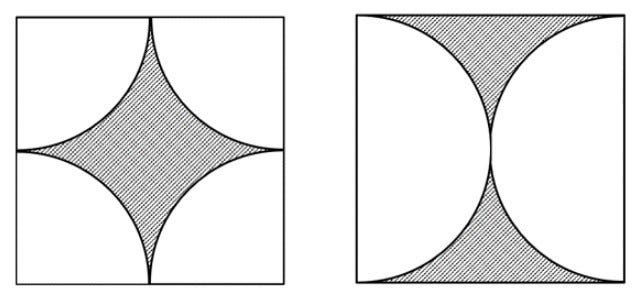#13 Plan a check point and an aspirational question first when planning a lesson
This is a great starting point when thinking about any lesson
Hello, and welcome to the Tips for Teachers newsletter. For over 400 ideas to try out the very next time you step into the classroom, check out my Tips for Teacher book.
💡 A quick tip to try in class this week 💡
A big shift in my teaching over the last 10 years has been to move away from starting my planning process by considering what resources I will use to instead thinking about what questions I will ask my students.
When planning a lesson, I begin by writing or sourcing two questions: a check-point question and an aspirational question.
1. Check-point question
This is a question that assesses the core knowledge of a lesson. It is a question that I hope every single child in a class will be able to answer after explanation and practice.
For example, in a lesson on the area of a circle, a check-point question might be:
Calculate the area of a circle with a diameter of 9cm. Give your answer to 1 decimal place.
Check-Point questions may be used as hinge-points in a lesson, providing teachers with evidence of students’ understanding in the moment as to whether they can move on to greater challenge, or need to backtrack. Or they may be used as part of Exit Tickets at the end of a lesson, giving teachers a sense of where students are at, allowing them an opportunity to respond accordingly the next lesson. The key is to ensure we have mass participation so we have a clear picture of whole-class understanding as opposed to hearing from one or two students.
2. Aspirational question
This is a question that tests a deeper level of understanding. It is not a case of using bigger numbers, but changing the style of questions. Learner-generated examples work well here, as do questions that require students to prove, show or justify.
For example, in the area of a circle lesson, the aspirational question might be:
Sketch three different shapes for which the calculation to find the area is:
Or, show that the shaded areas of these two shapes are the same:
Check-point questions help keep our teaching focussed, aspirational questions help keep our expectations high. We can then plan our examples, explanations and activities around these questions.
What would you need to change to make this tip work for you?
When could you try it for the first time?
View all the Tips for Teachers shared so far
📺 A video to discuss with a colleague 📺
Psychology expert, Bradley Busch, explains why students don't always know what is best for them.
If the video doesn't play when you click on it, click here
Subscribe to the Tips for Teachers YouTube channel so you never miss a tip
👂 A podcast episode to listen to on your way home 👂
Curriculum expert, Mary Myatt, shares her five tips:
We should all be focussing on doing fewer things and greater depth
Focus on the concepts and the Big Ideas in our curriculum
We know more and remember more when we’ve heard it in a story
Provoke curiosity in our students
Ask “who is this for?”
Listen to the podcast here.
Search for Tips for Teachers on any podcast platform (Apple Podcasts, Spotify, etc) and subscribe so you never miss an episode.
😎 Final bits and bobs 😎
Do you know someone who would enjoy this newsletter? Forward it to them, or direct them to the sign-up page here where you can also read all previous editions
Check out my Tips for Teachers book
Do you and your team want some high-quality training or coaching, with ideas you can use in your very next lesson? Book some Tips for Teachers CPD
Check out the all-new Tips for Teachers online courses
If you value my work, please consider becoming a Patreon





